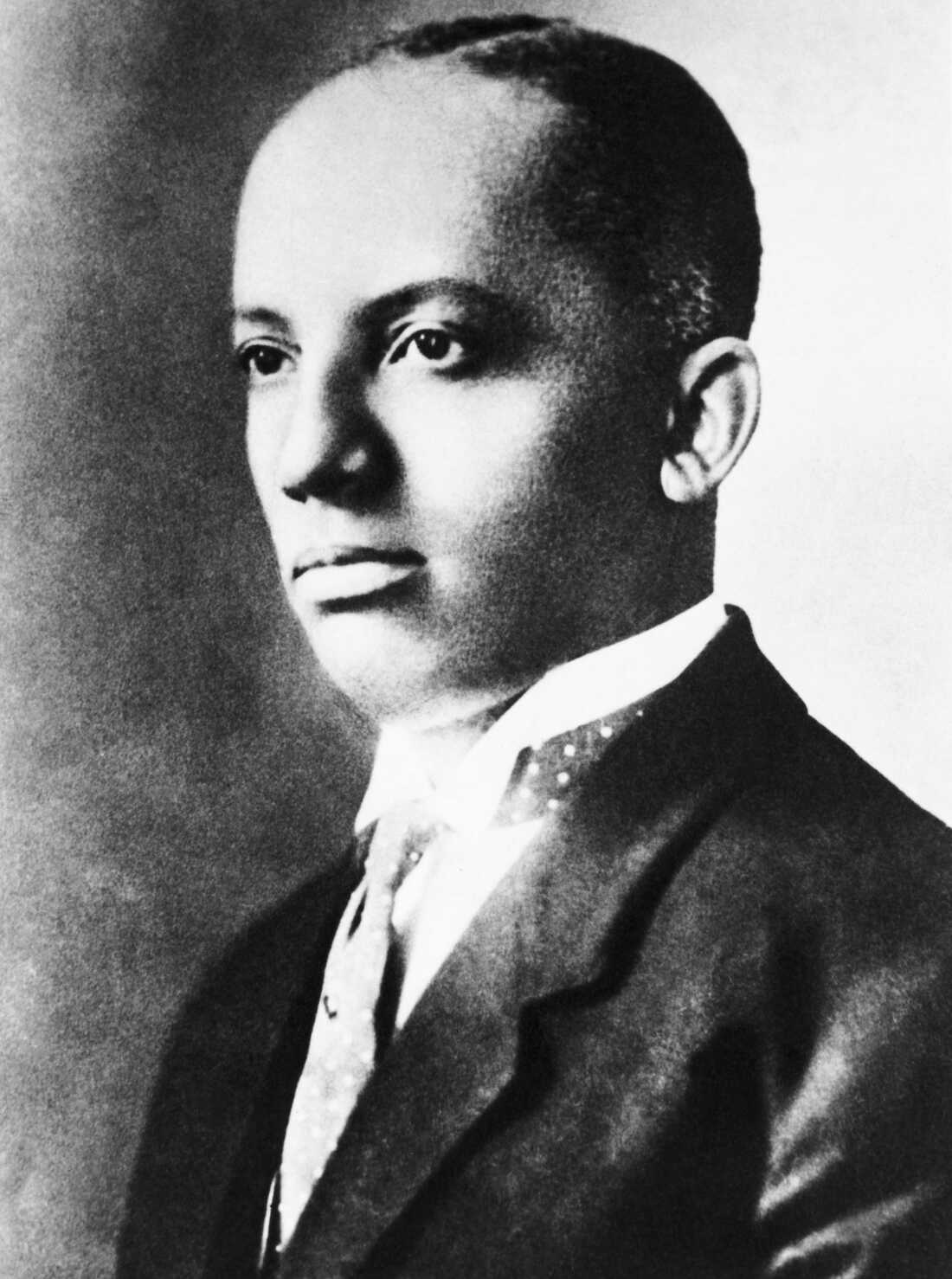It's a question that's been posed again and again. Carl Sagan posed it in the 1970s as a NASA mission scientist as the agency prepared to send its twin Viking landers to Mars.
And nearly 50 years after the first of two landers touched down on Mars, we're no closer to an answer as to whether there's life — out there.
Scientists haven't stopped looking. In fact, they've expanded their gaze to places like Saturn's largest moon, Titan and Jupiter's moon Europa.
The search for life beyond planet earth continues to captivate. And NASA has upcoming missions to both moons. Could we be closer to answering that question Carl Sagan asked some 50 years ago? READ MORE...
And nearly 50 years after the first of two landers touched down on Mars, we're no closer to an answer as to whether there's life — out there.
Scientists haven't stopped looking. In fact, they've expanded their gaze to places like Saturn's largest moon, Titan and Jupiter's moon Europa.
The search for life beyond planet earth continues to captivate. And NASA has upcoming missions to both moons. Could we be closer to answering that question Carl Sagan asked some 50 years ago? READ MORE...












